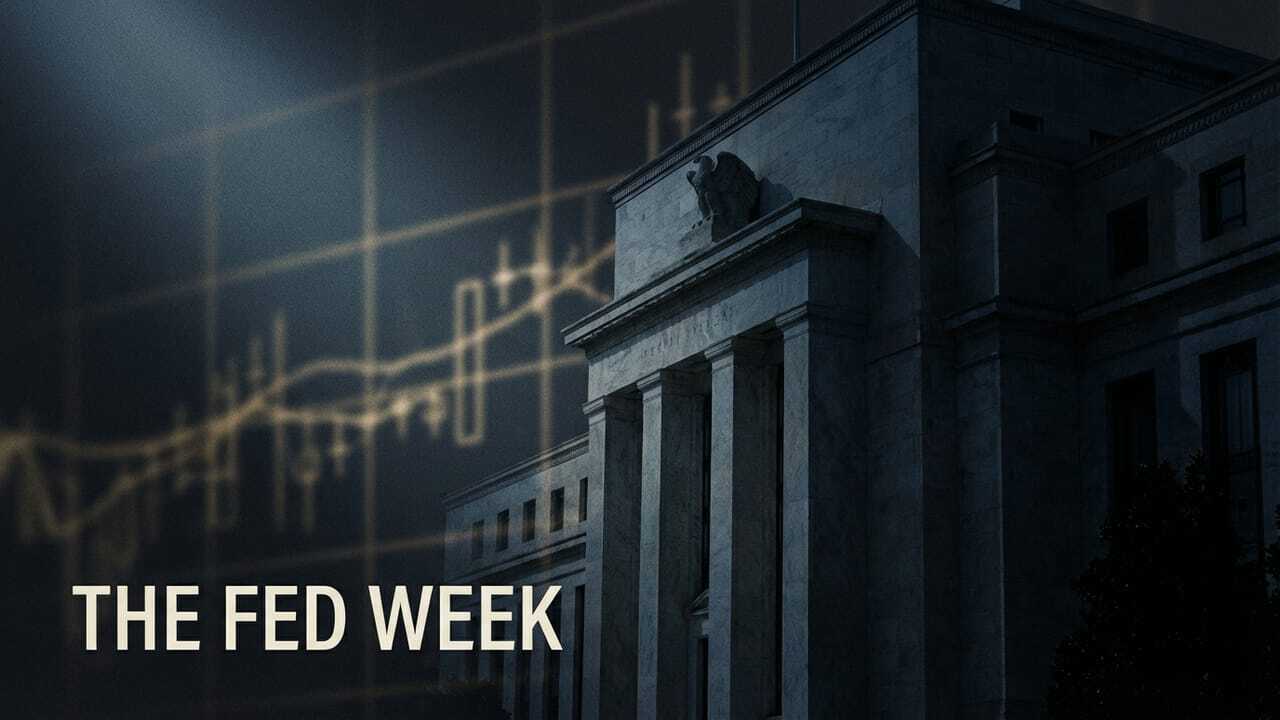
🚨Key Highlights
$4.9 B in Q3 2025 Manhattan CRE sales (+191% QoQ; +54% YoY).
First $1 B+ office sale since 2020 (590 Madison Ave @ $1.1 B).
Institutional and sovereign funds led ≈ 60% of volume.
Prime office cap rates ≈ 6.5–7% ( +250 bps since 2019).
Avison Young projects $12.3 B in NYC sales for 2025 (+9% YoY).
Signal
For the first time in six years, the U.S. office market showed a measurable improvement in vacancy and leasing velocity. JLL reports national vacancy easing to 22.5% in Q3 2025 – a 5 bps dip that marks a psychological turn for a sector long defined by contraction. Total leasing of 52.4 million square feet isn’t a boom, but it reflects momentum: corporates like Amazon and Goldman Sachs signed large leases again, and net absorption turned positive (+6.1 MSF). The story is less about volume and more about direction — vacancy finally moving down.
Demand Regains Its Footing
The rebound in leasing volume ( +6.5% QoQ ) brings activity within 18% of pre-pandemic norms. Tech and financial tenants drove most of the uptick, especially in Silicon Valley and Chicago, where sublease inventories contracted for the first time in two years. This shift suggests that the hybrid work plateau is maturing into steady space usage. Still, for landlords, it means an end to relentless erosion — not a return to pre-COVID density. As one leasing broker put it, “Tenants aren’t downsizing every quarter anymore; they’re deciding what stability looks like.”
Supply Crisis Becomes Cure
With just 6 million square feet under construction nationwide ( –84% from 2019 ), the U.S. office pipeline has nearly stalled. What was once a headwind is now a balancing mechanism. Conversions to residential and removals are reducing inventory faster than new builds add it. For developers, this scarcity is two-sided: future projects face less competition but also less financing. By contrast, owners of existing Class A assets now enjoy real pricing power as new deliveries dry up. Even modest tenant demand can tighten availability over the next year.
Quality Pulls Away from Quantity
Vacancy for offices built since 2000 dropped 104 bps YoY, while commodity stock continued to struggle. In markets like Washington D.C., Class A occupancy is so tight that rents in Class B are rising as spillover tenants accept retrofits. This flight-to-quality has become structural. It also exposes the ESG gap: tenants are rewarding green-certified buildings with longer leases and fewer concessions, while older stock faces rising cap-ex burdens to comply with energy mandates like NYC’s Local Law 97. For investors, quality is no longer an amenity premium — it’s a credit factor.
Capital Reads the Signal
Policy and pricing are starting to converge. The Fed’s pause and expected rate cuts by mid-2026 have helped REIT shares rebound 10–15% from summer lows. Life insurers and debt funds are tentatively quoting loans on stabilized Class A buildings again — a behavioral shift from early 2025’s credit freeze. Nonetheless, lenders still differentiate ruthlessly: core markets see cap rates tighten 25–50 bps, while secondary offices remain out of favor. CMBS issuance for office remains muted but should re-emerge if two or three quarters of positive absorption persist.
Operators Shift from Defense to Discipline
Landlords finally see a window to trim give-backs. Concession packages that averaged 12 months of free rent on 10-year deals are quietly compressing to six. Building usage is up as over half of Fortune 100 employers now mandate four to five in-office days per week. Property managers are adjusting services for higher daily load — HVAC, cleaning, security — signs of a market shifting from crisis mode to calibration. Still, for Class B owners, this is no rising tide: the path forward requires retrofits or re-use to stay viable in a smaller but healthier office ecosystem.

If momentum holds, U.S. office vacancy could compress another 50 bps by late 2026, driven by minimal new supply and steady absorption in tech and Sun Belt markets. Asking rents should stabilize by 2024 end, with effective rents rising 1–3% in top submarkets as free-rent periods shorten. Lower rates would ease refinancing stress for 2025-26 maturities, reducing default risk and nudging capital back into select office credits. The “doom loop” narrative is fading; discipline and selectivity are replacing panic as the market’s dominant mood.

Bisnow — “Manhattan CRE Sales Triple as Big-Ticket Office Deals Return” (Oct 2025) — bisnow.com
Avison Young — “NYC Investment Sales Forecast 2025” (Sept 2025)
CREDaily — “NYC Leasing Activity 2025 Update” (Oct 2025)








